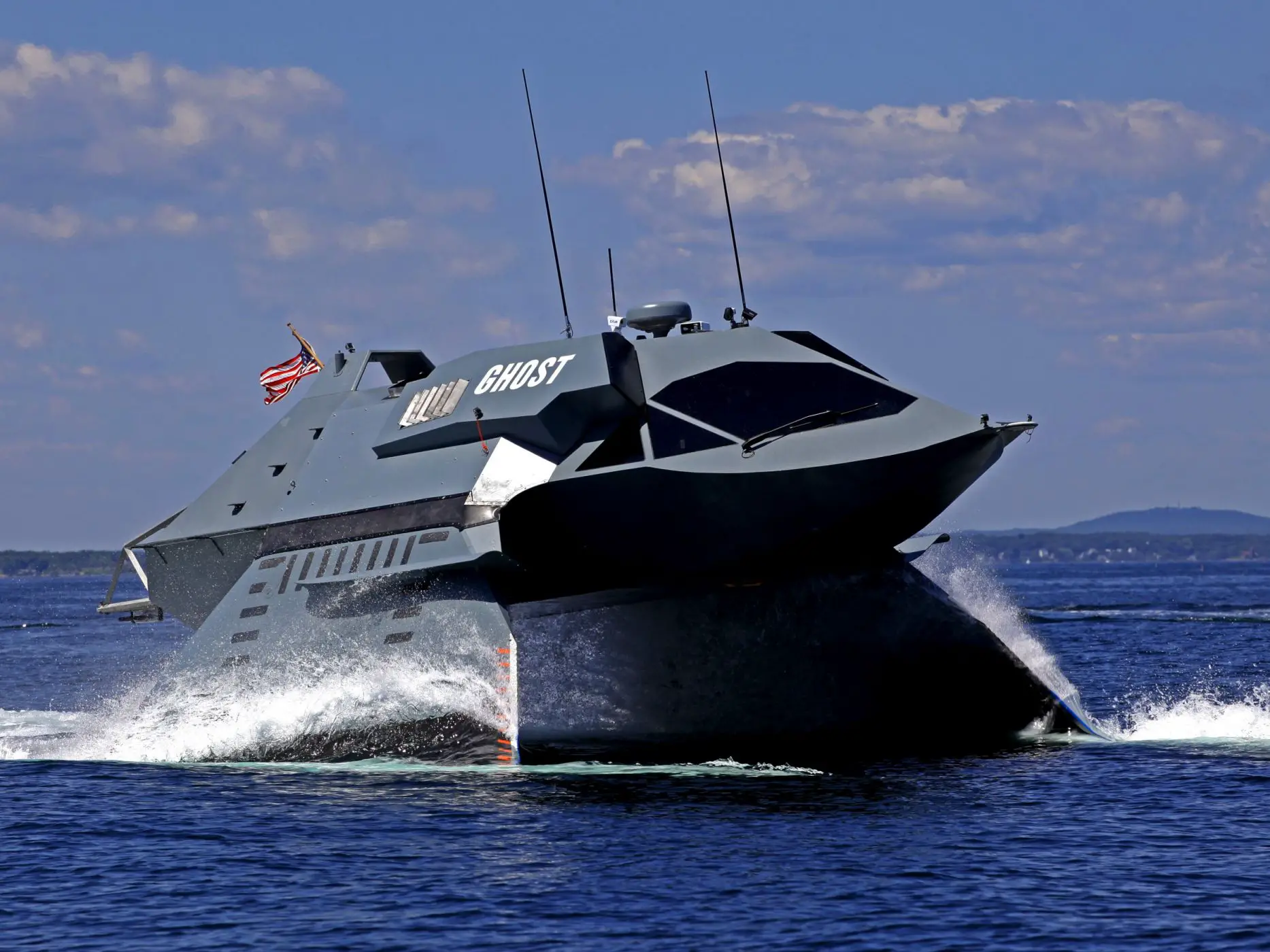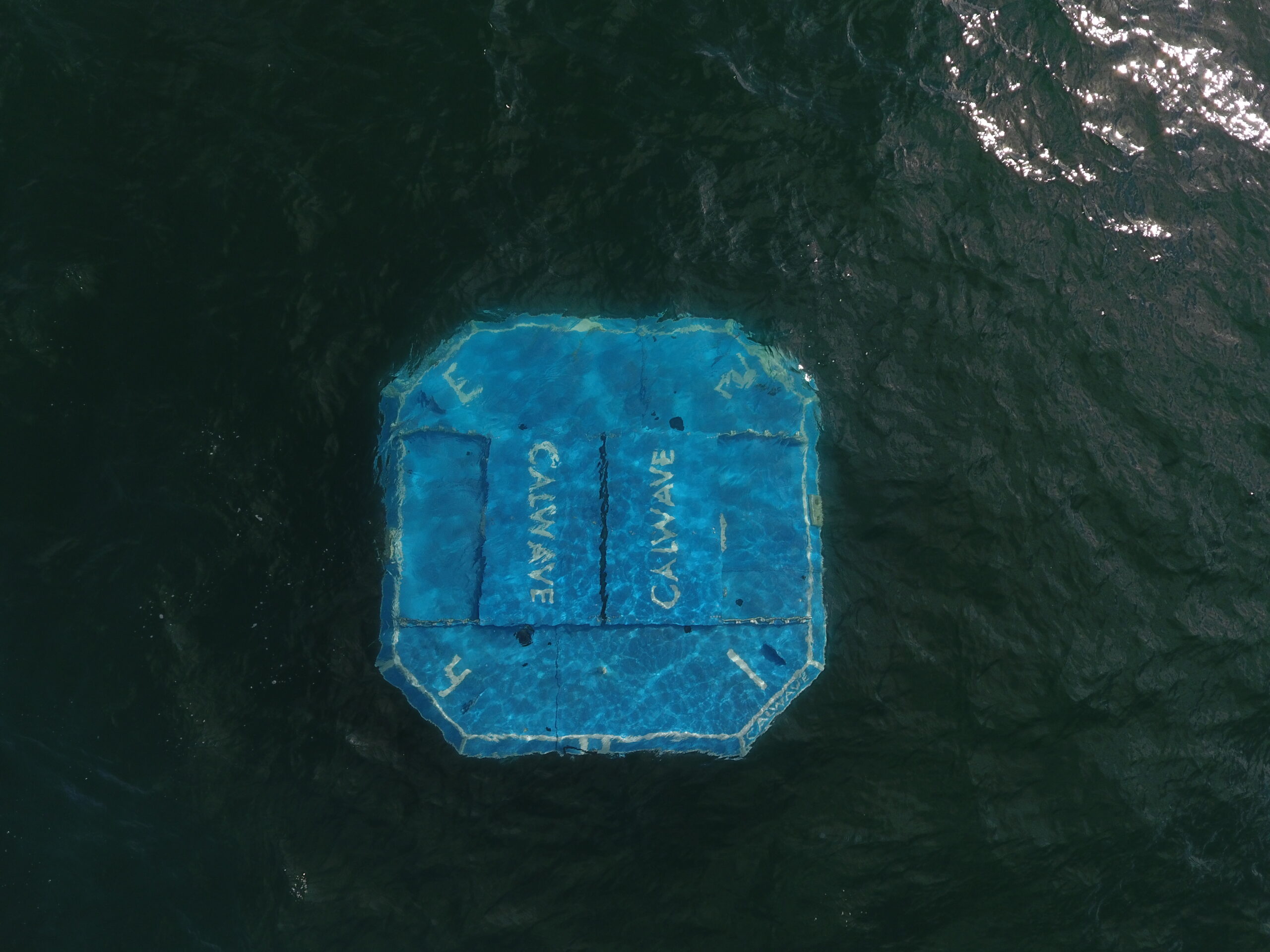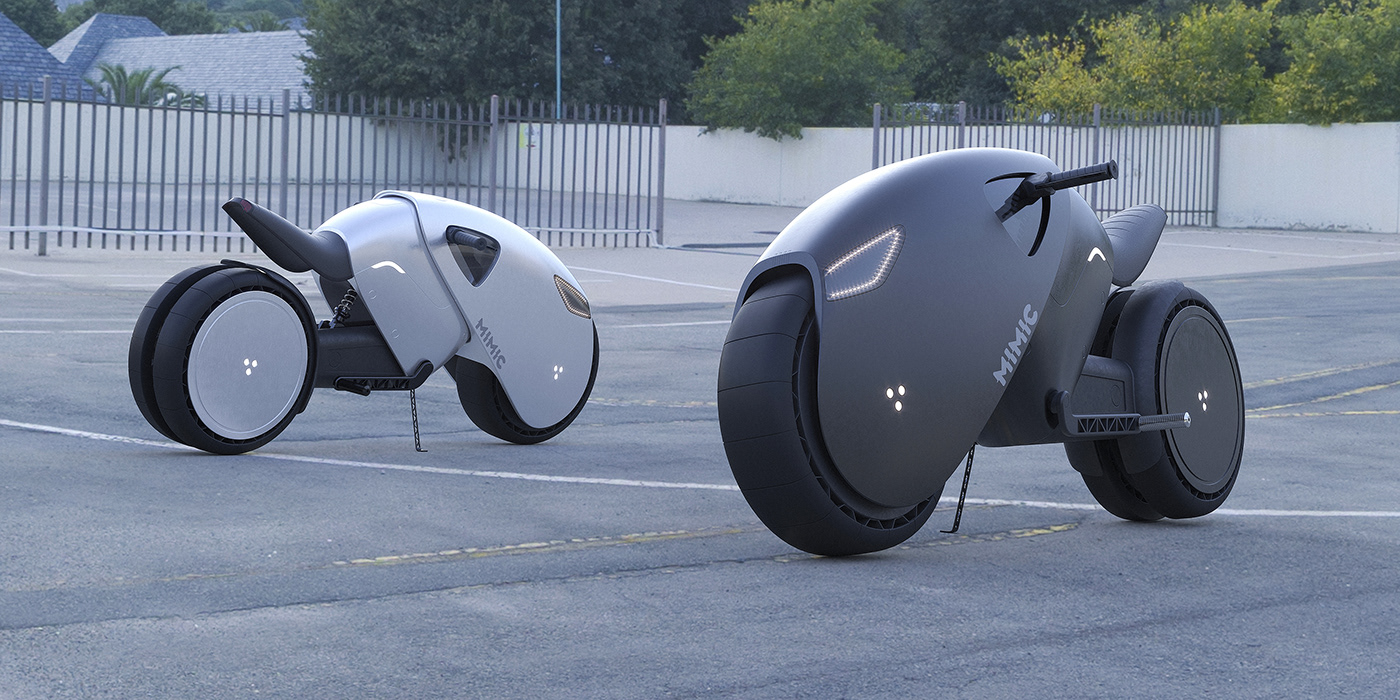An American company that specializes in marine technology has produced a stealth boat that it refers to as the ‘Ghost.’ This boat is able to glide over the water and fulfill an intelligence, surveillance, and reconnaissance (ISR) responsibilities.
What is This Stealth Boat Called “Ghost”?
Juliet Marine Systems has developed a highly advanced warship with the capability of stealth and reconfiguration called GHOST. Private American business Juliet Marine Systems is responsible for its design, development, and construction.
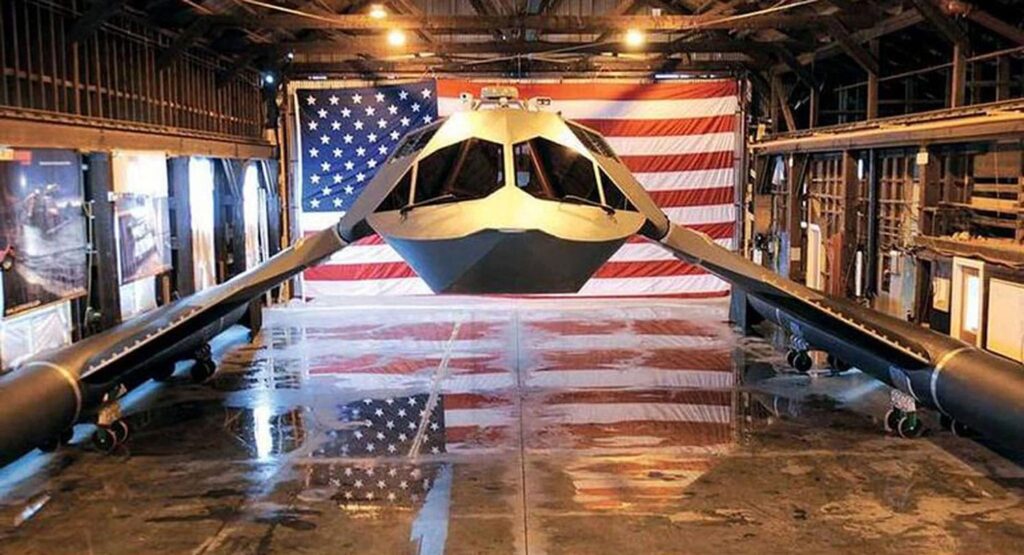
The company has found a solution to the complex problem of regulating small waterplane area twin-hull (SWATH) vessels when they are traveling at high speeds. The Ghost is able to slice through the waves with the help of supercavitation and SWATH. The ‘Ghost’ is the fastest SWATH that has ever been developed in the history of the world.
Why Is This Boat Called ‘Ghost’?
The stealth qualities of the vessel inspired its captain to give it the name “The Ghost,” which means “the ghost.” The boat’s designers were astute enough to create it in such a way that its radar signature was kept to a bare minimum, ensuring that it would not be discovered by larger vessels.
Because it makes use of cutting-edge technology and has a reduced number of windows, it has a very low radar signal and is, therefore, highly stealthy.

The boat’s cockpit is elevated above the surface of the water, giving it a distinctive layout that enables it to provide a comfortable ride on the water despite the presence of waves that can throw it off balance.
It can function in waves as high as 2.5 meters (8 feet), has the ability to slice through waves, and lessens the smashing effect for a smoother sail. When the boat moves at a speed of fewer than 8 knots, it is buried in the water up to its midline, and its two 3.7 m (12 foot) struts, parallel to the surface of the sea, are submerged as well.
Nevertheless, if the boat is moving at speed greater than 8 knots, the hull can be lifted out of the water by bringing the two struts closer to one another.
At this time, the Ghost boat is capable of traveling at a maximum speed of 30 knots; however, work is now being done to increase this to the desired speed of 50 knots.
The boat is propelled by a super-cavitating mechanism, in which the propellers generate a gas bubble that is moved through by the fins. Because of this, the boat is able to travel more quickly and with greater efficiency.
The Idea Behind The “Ghost” Boat
The USS Cole, a guided-missile destroyer belonging to the United States Navy, was attacked by a terrorist cell on October 12, 2000, as it was refueling at the port of Aden in Yemen. The explosion caused a hole in the USS Cole that was 40 feet wide and was located near the waterline. As a result, 17 sailors were killed.

According to Gregory Sancoff, the Chief Executive Officer of Juliet Marine Systems, the event motivated him to develop something new to safeguard US Navy warships and troops in deep and shallow water.
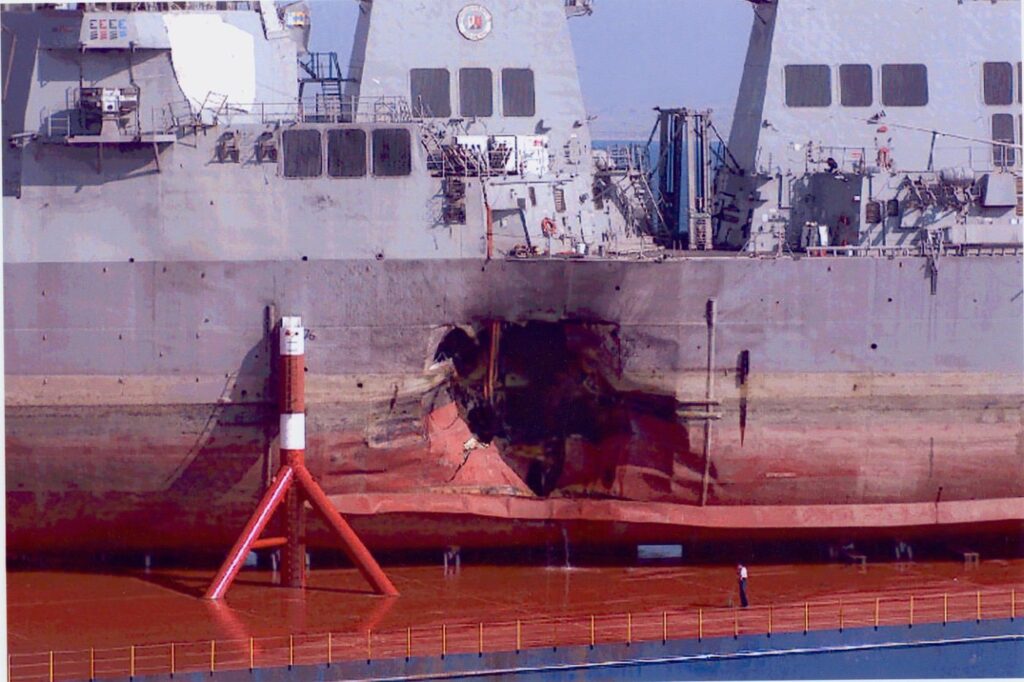
Sancoff amassed the necessary cash and enlisted the assistance of naval architects, naval engineers, and other construction specialists. He contributed close to twenty million dollars to the venture. Portsmouth Naval Shipyard, located in New Hampshire, was responsible for the vessel’s construction.
The boat’s hull is around 62 feet in length, and it has an angled, faceted design, making it much more similar to stealth aircraft than waterborne vessels.
The “Ghost,” when it is not carrying any passengers or cargo, has a range of around 563-805 kilometers and weighs approximately 6.4 tons when it is empty.
Conclusion
It is possible that the “Ghost” is the most thrilling and remarkable advance in naval technology that has been developed since the submarine. Could this minuscule little craft, which is fast, agile, and looks mean, be the solution to the problems of blue-water fleet protection and special operations?
That is, of course, presuming that the United States Navy will purchase it…
What are your thoughts on it?

